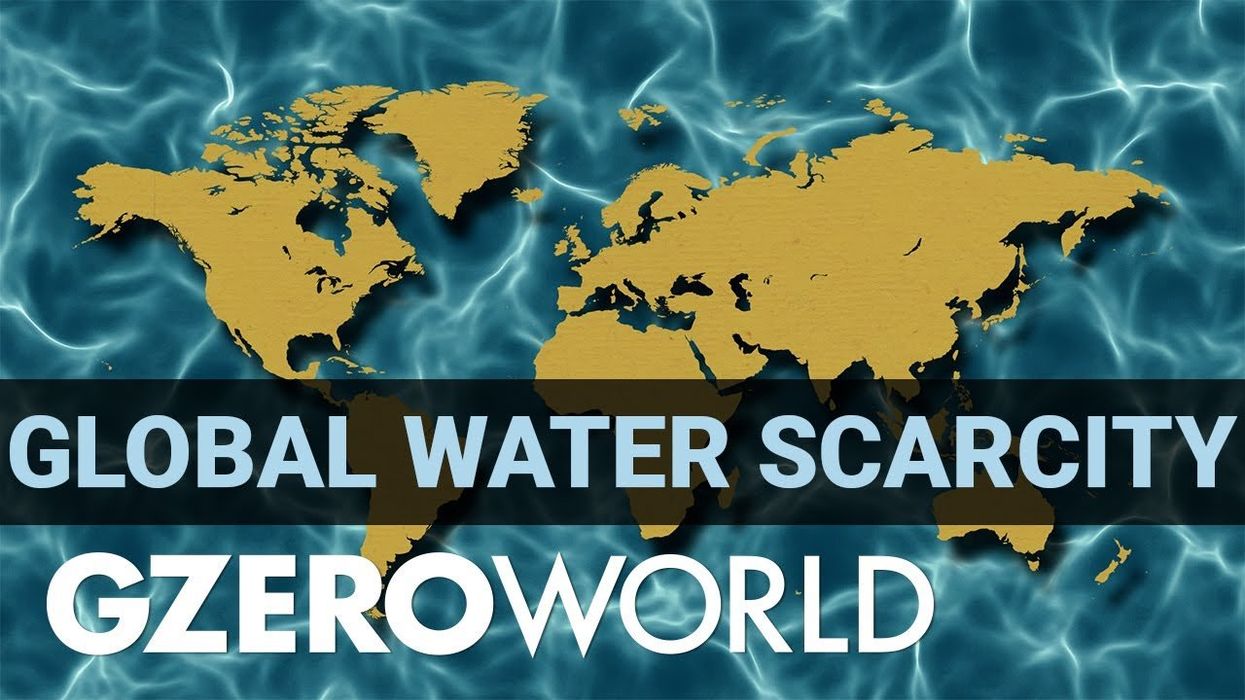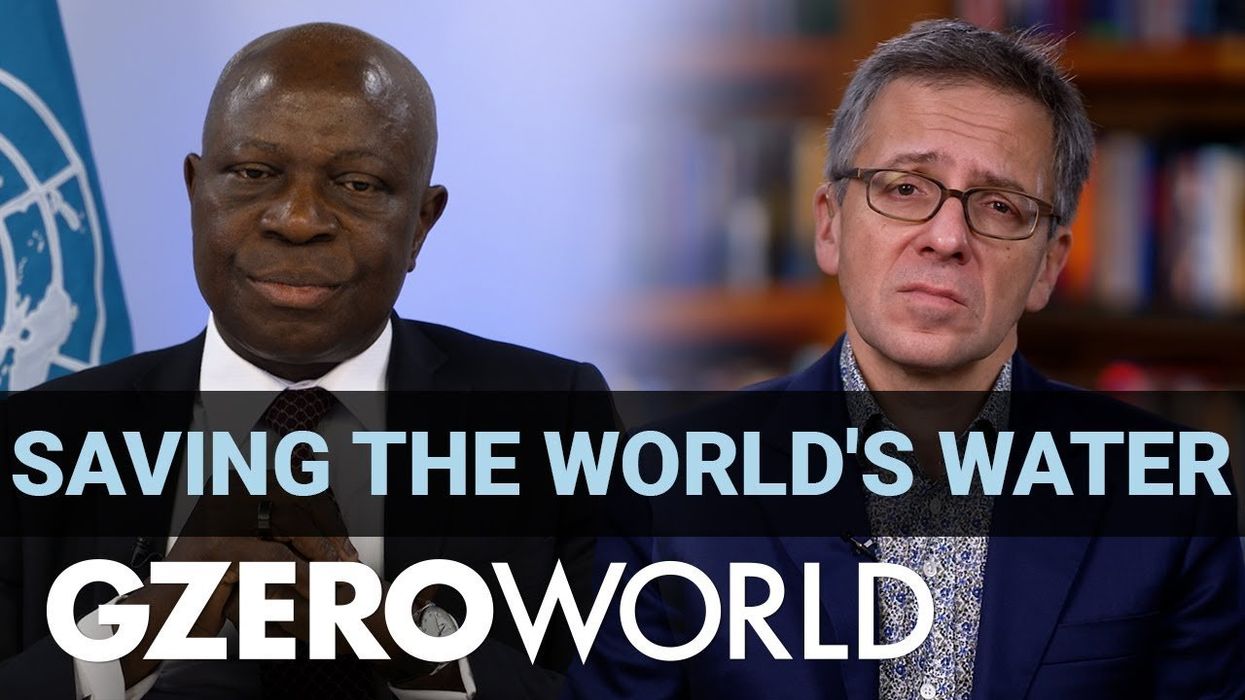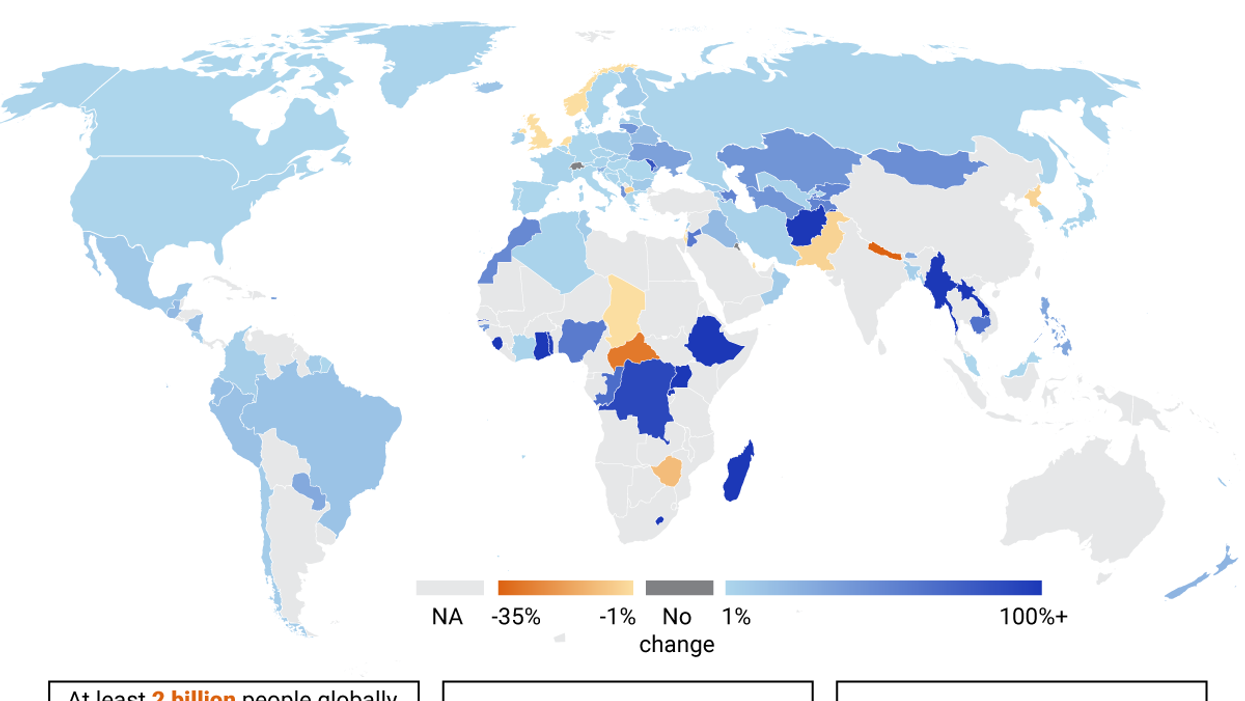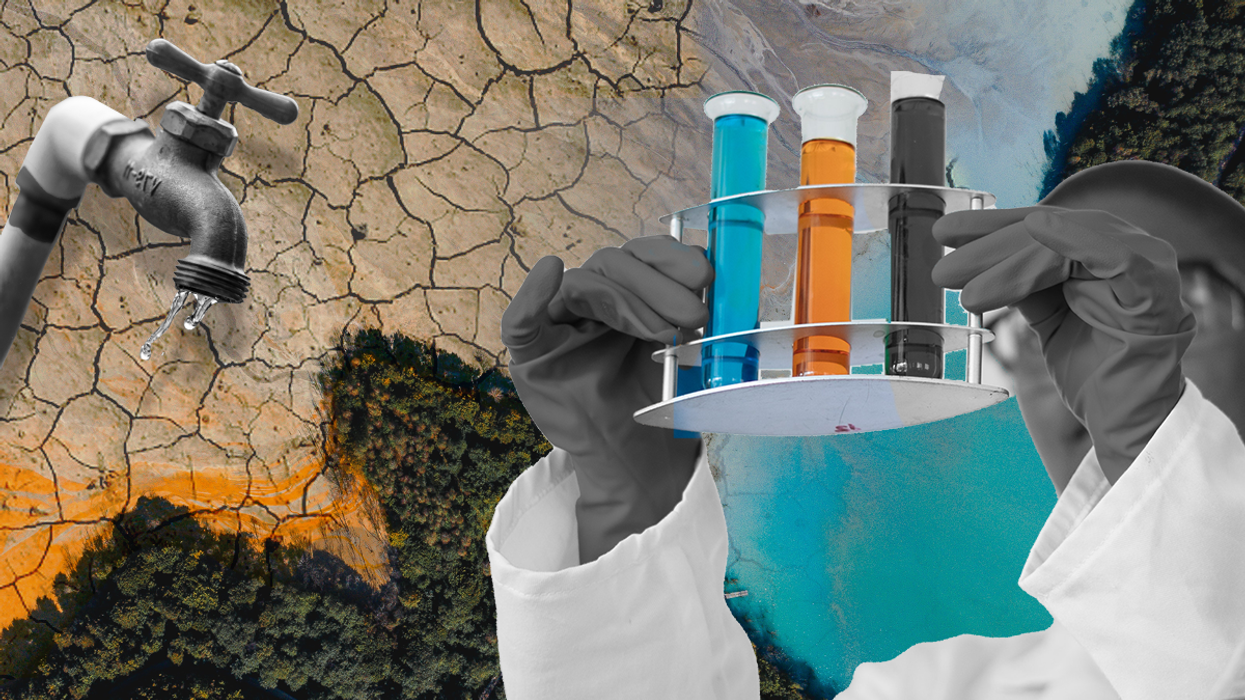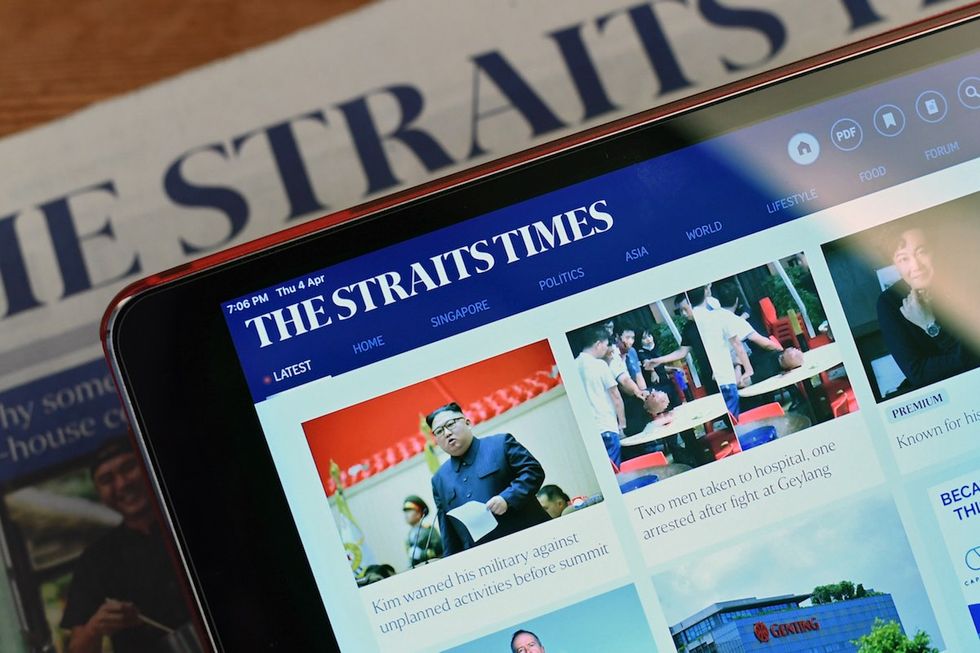GZERO World Clips
Ian Explains: The problem of our diminishing water supply
Water is a vital resource the world can't live without, yet it's something we often overlook.Freshwater, the kind we need to survive, is becoming scarcer every day, Ian Bremmer explains on GZERO World. Climate change and increasing demand for water are putting pressure on one of the world's most precious resources. As a result, droughts and severe water scarcity are becoming more common.
Mar 29, 2023
